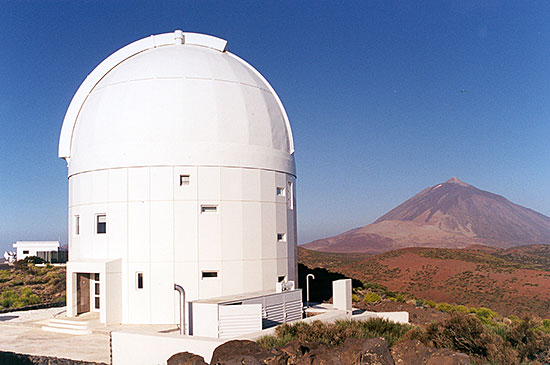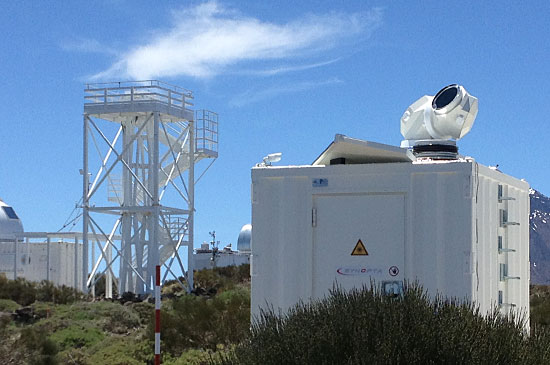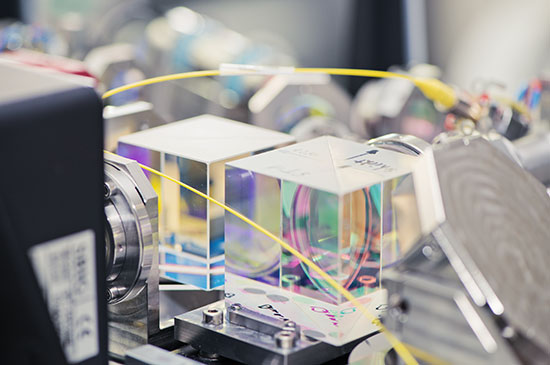Optical Ground Stations




Laser Communication
GA-Synopta develops and produces Optical Ground Stations for laser communications with satellites in various Earth orbits (GEO, MEO, LEO) or to planets. Depending on user requirements and telescope size such station can either be stationary or transportable.
- Stationary Adaptive Optical Ground Station (S-AOGS) with telescopes > Ø 0,5 m
- Transportable Adaptive Optical Ground Station (T-AOGS) with telescopes from Ø 0,25 m to Ø 1 m
In basic configuration those stations are designed for bi-directional transmit and receive operation. Optionally, they can be configured as feeder link stations for very high transmit data rates. In addition, the stations can be used for quantum cryptography applications.
| Link Type | Typical Data Rate Range | |
| Uplink | Downlink | |
| with LEO satellite | Beacon, low data rate (for TM/TC) |
> 5 Gbit/s |
| with GEO satellite | > 2 Gbit/s | > 2 Gbit/s |
| Feeder Link to GEO satellite | > 20 Gbit/s, scalable up to Tbit/s |
> 10 Gbit/s, scalable up to Tbit/s |
Due to their modular concept the stations can support a wide range of user-specific communication systems (coherent/incoherent, fiber coupled/free space, etc.) at various wavelengths (e.g. 1‘064 nm, 1‘550 nm). Furthermore, the stations can be configured for autonomous operations within station networks.
The transportable stations have an automatic line-of-sight calibration system to minimize the commissioning time after re-location. The agile pointing and tracking system allows for very fast acquisition of the target satellites in orbit, which is of particular importance for LEO satellites at low elevation.
For compensation of atmospheric turbulences the stations are equipped with adaptive optics as a standard. Thus, operations is reliably accomplished also at sites with unfavorable seeing conditions or at low elevation angle of the target satellites.
Adaptive Optics
GA-Synopta offers tailored adaptive optics modules for upgrade of Optical Ground Stations or astronomical telescopes. The number of deformable mirror actuators and the correction bandwidth of the system will be adapted to the size of the telescope and to the user requirements.